
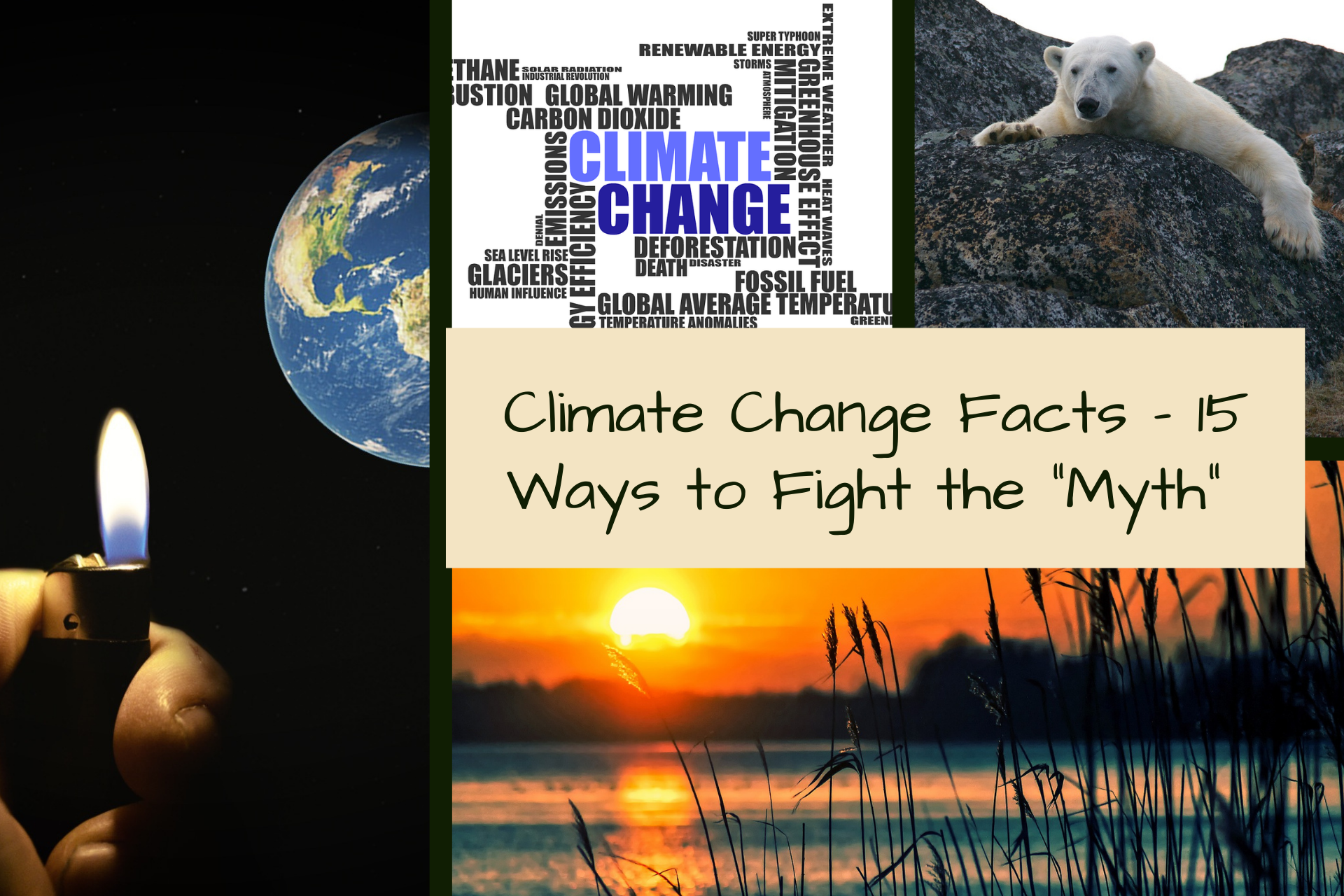
Climate change (and global warming) is not a myth. There, I said it. If you clicked through to this post because you thought I might tell you that it is, sorry to disappoint. Climate change is a natural phenomenon based on sound, scientific principles that has been studied in depth by mankind for over a century. And yet, it’s still considered “questionable” by many people. I’ve even heard some politicians say they don’t “believe” in the climate change facts. This is disturbing to me on more levels than I can count.
So, I decided to write about global warming and climate change to provide solid education based on fact…not myth. With that said, let me now say this: I don’t like conflict in my life. Most of us don’t. In fact, I tend to avoid it when I can. However, this topic and the conflict that inevitably (strangely enough) comes along with it, is one I simply cannot push under the proverbial rug. It affects us all, whether we “believe” in it or not.
Please note, this post contains affiliate links. If you click through and make a purchase, I receive a small commission. This doesn’t cost you anything, but it makes me happy…so happy that I might even go out and hug a tree! Thanks for your support! Read my Disclaimer for additional information.

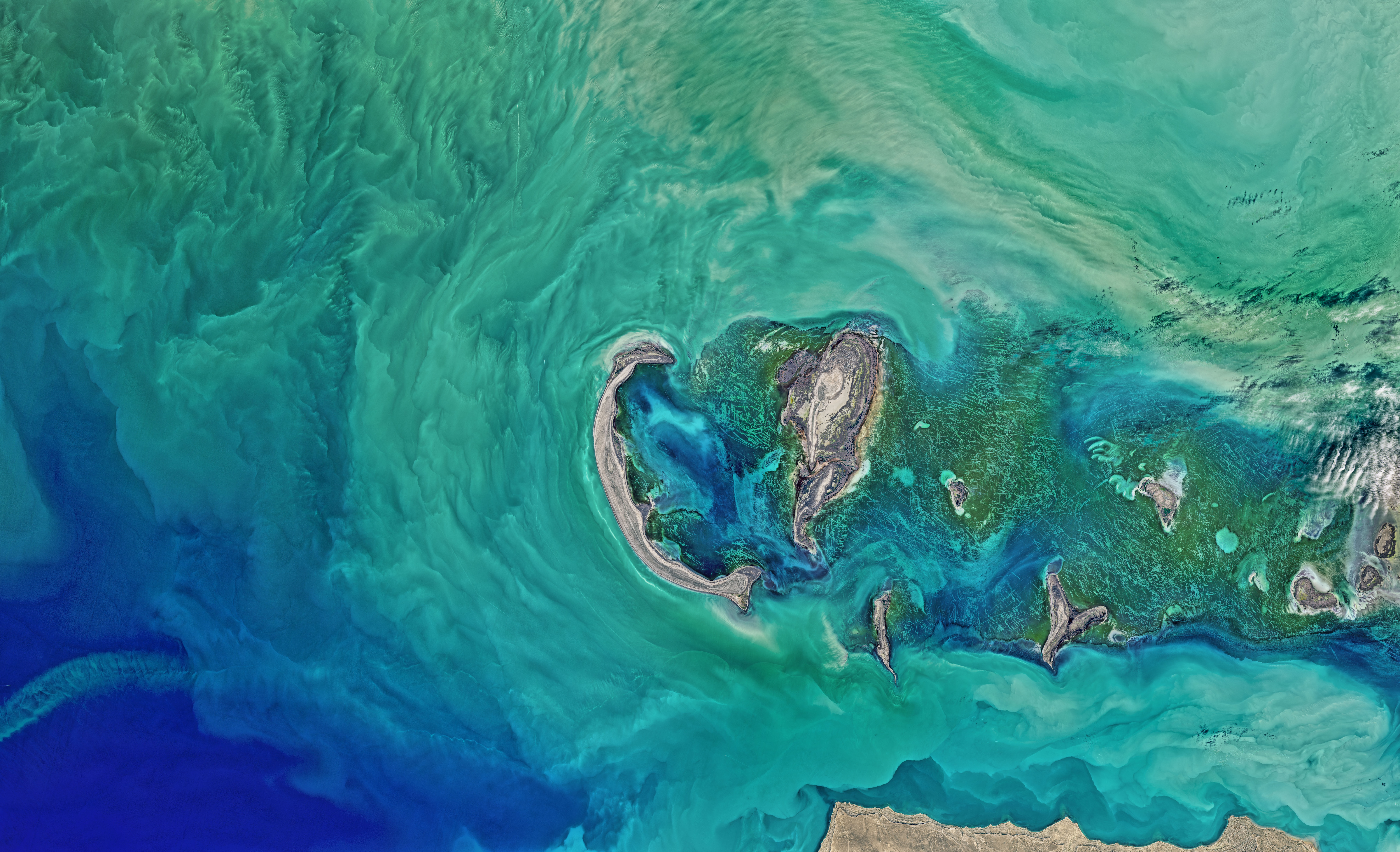
In preparation for posting this article, I asked my daughter what global warming is. This is what she said:
“Global warming is when the earth’s natural temperature goes up over time.”
Not bad for kid who says she “hasn’t learned about global warming in school yet.” When I explained the concepts of global warming, the greenhouse effect, and climate change to her in further detail, she said people should find a way to stop factories and cars from producing so much smoke. She said this so matter-of-factly that I was instantly reminded just how innocent children are when it comes to topics that are considered “controversial” by adults.
To her, stopping the behavior that is causing the problem was a no-brainer. It makes sense when you think about how we discipline our children. We tell them what they’re doing wrong, and we ask them to stop. It’s as simple as 1 + 1 = 2. For them, the same concept applies to more complicated topics like climate change and our connection to it. If we, as humans, are artificially increasing the rate at which our planet’s average temperature increases, we should stop doing that. She’s certainly right, but unfortunately, it’s not that easy.
Background - Causes of Climate Change
Just like my daughter said, global warming is defined as the increase of the Earth’s average surface temperature over time. This happens because greenhouse gases that collect in our atmosphere trap the sun’s heat and cause the planet to warm. This process is known as the greenhouse effect. Normally, some of this heat would escape the atmosphere, but the more greenhouse gases we send up there, the more they build over time, trapping heat and increasing surface temperatures at unnatural rates.
Carbon dioxide (CO2) is the primary greenhouse gas causing this phenomenon, but other air pollutants contribute as well. Unfortunately, humans are the reason for the increased CO2 levels in our atmosphere. The onset of the industrial revolution in the late 1800’s was just the start of a long history of pollution. Fossil fuels (natural oil, gas, and coal), factories, and the transportation industry are the largest contributors to date.
One of the most disturbing issues related to global warming is the fact that although Americans make up only 4% of the world’s population, we produce 16% of the CO2 pollution. We’ve only recently fallen into second place behind China as the largest producer of CO2 emissions. There is more carbon dioxide in our atmosphere today than there has been in the last 800,000 years.
Historical Global Warming Trends
How do we know there’s more CO2 up there today than in the past? Well, to put it simply: science tells us there is. Scientists collect ice cores in Antarctica, sometimes drilling down as much as two miles. They then analyze the bubbles of air preserved in each core to determine how much CO2 they contain. Oxygen content in these cores can also provide clues as to what temperatures were like in the past.
Scientists can also study sediment cores from the bottom of the ocean or lakes. Tree rings and rock layers provide clues about climate change in the past as well. With centuries worth of climate data now on record, researchers have been able to piece together an extended picture of how our planet’s climate has changed over time.
What Does Earth’s Future Look Like If We Do Nothing?
Unfortunately, the consequences of rapid climate change are many. These include environmental impacts, obviously, but also economic and health concerns. Below is a short list of possible impacts, some of which we’re already seeing:
Glaciers will continue to melt, causing sea levels to rise, which will lead to coastal flooding along the eastern and southern coastlines of the United States.
Melting glaciers, early snowmelt, and severe droughts will cause water shortages and increase the occurrence of wildfires in the western United States.
Storms will become more severe and prolonged as global temperatures rise and the climate changes.
Insect pests will become more of an issue for farms, forests, waterways, and cities, causing damage to agriculture and fisheries, as well as health concerns for the public.
As habitats are disrupted by changing climate conditions, many plant and animal species will not be able to adapt.
Allergies, asthma and infectious disease outbreaks will become more common due to increased growth of pollen-producing plants, more air pollution, and the spread of pathogens and mosquitoes.
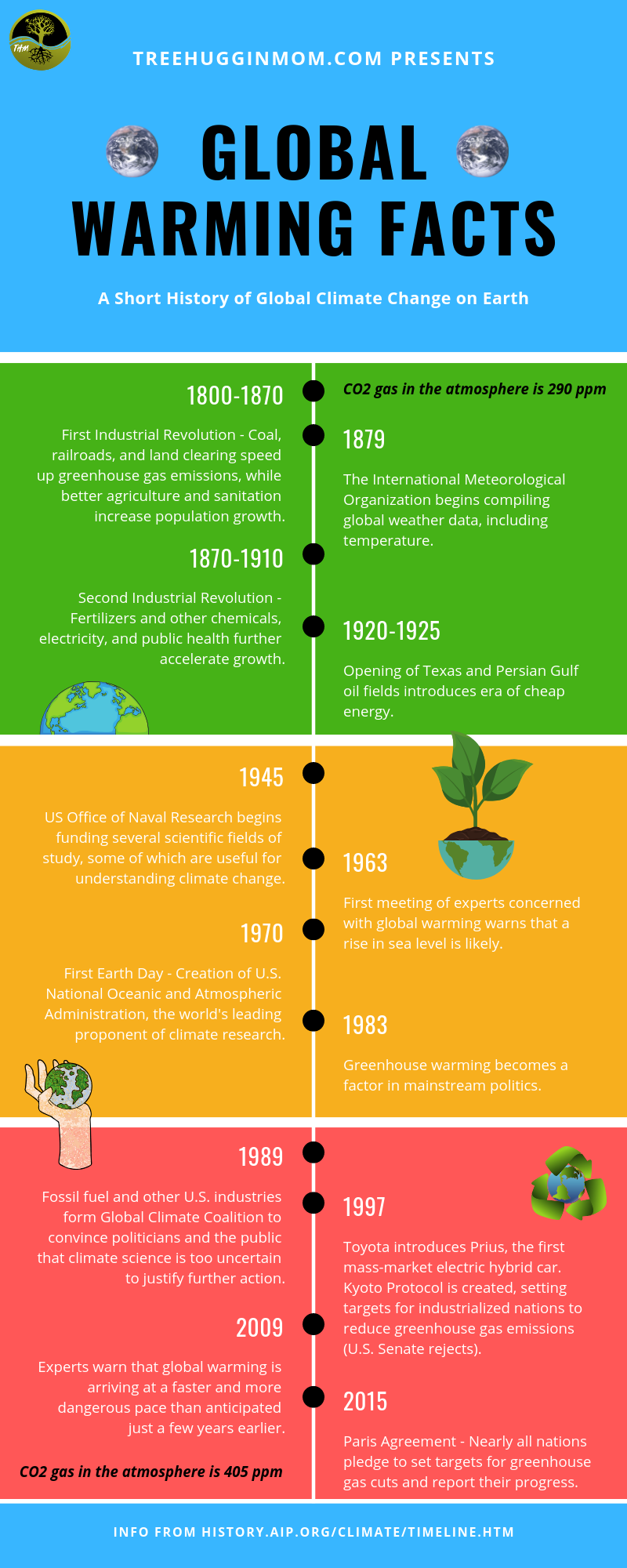

Climate Change Solutions
So, what can we do to help reduce the effects of global warming? Many people feel helpless when it comes to a topic as all-consuming as climate change. Just reading the list of devastating effects we can expect over the next century is depressing enough. However, there are simple things that we, as human beings, can do to help reduce those effects (even if some people don't "believe" in them).
Drive smarter. Hybrids and electric cars not only save money on gas, but reduce the carbon emissions your vehicle contributes to the atmosphere.
Support Environmental Protection Agency (EPA) initiatives and laws. The EPA is responsible for keeping our air, water and soil clean and healthy. Under the Clean Air Act of 1970, the EPA has the authority to apply strict pollution guidelines to power plants and factories that produce emissions. Show your support of these laws by writing your congressman.
Buy Fairtrade products. “Fairtrade” means the farmer that produced the product received a fair wage to cover their costs, make a decent living, and invest in their farms to keep their crops healthy. Many farmers who don’t make enough money must resort to cheaper farming methods that can damage the environment and increase their carbon footprint.
Turn off your lights. If you’re not using the lights in a room, turn them off.
Close doors. When you come home, don’t leave your door open. This allows heat or cool air to escape, thus requiring your heater or A/C unit to work harder.
Take shorter showers. This one is hard for many of us, especially in the winter months when a long hot shower sounds like a great idea. Even if you can reduce your shower time by two or three minutes, you’ll be helping conserve water.
Walk or bike to work or school. If you live close enough and the weather is decent, get some fresh air and a little extra exercise by walking or biking to work or school.
Turn off your computer. Even leaving your computer in sleep mode uses unnecessary electricity. Not only that, but turning your computer off every once in a while is actually good for the machine. It allows it to make updates and reset itself more frequently.
Replace incandescent lights. Replacing your old light bulbs with fluorescent ones will save money and reduce the number of bulbs that make their way to landfills.
Don’t leave your car running. Turning off your engine (or asking mom or dad to do so) helps reduce carbon emissions. Instead of leaving the car running, try rolling down your windows and enjoying the fresh air.

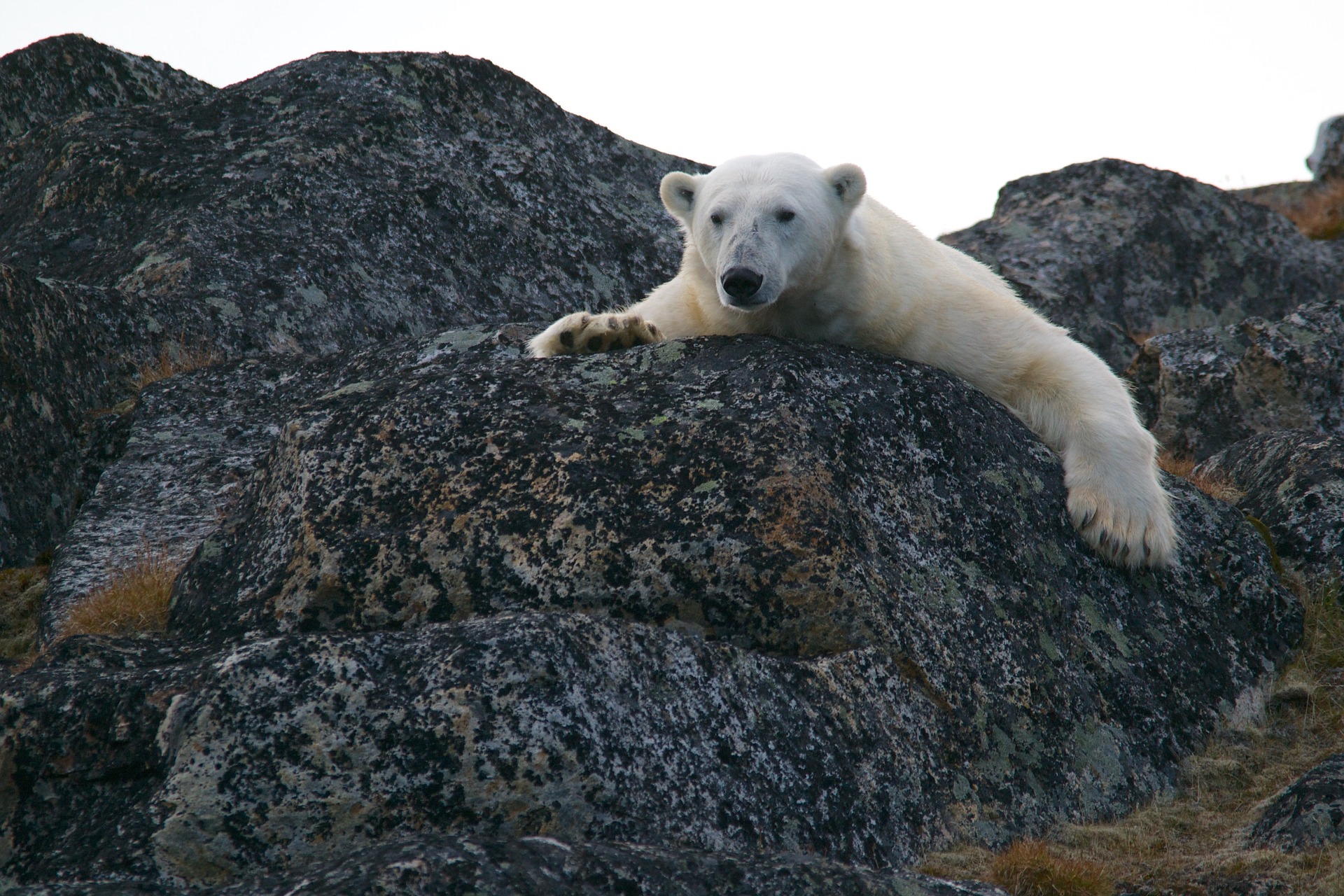
RECYCLE! Recycling saves energy that is normally used during the manufacturing process.
Use Energy-Saver mode. Run your dishwasher and other appliances on Energy-Saver mode. Don’t forget to look for the Energy-Saver label when purchasing new appliances.
Set your thermostat a little higher (or lower in winter). Aim for 68 degrees F in the winter and 70 degrees F in the summer. Even a change of one or two degrees makes a difference in your monthly bill and the amount of energy you use.
Help your school (or your child’s school) reduce energy consumption. Make your fellow students and teachers aware of energy conservation practices and how they can help reduce the effects of global warming. Start a recycling program or work with an art teacher to produce posters with climate change facts to hang on the walls in the classrooms.
Don’t stop learning! Above all, remember to continue learning and implementing solutions to environmental problems wherever you can. Speak out to your local politicians and government officials. Be a responsible and educated citizen with the Earth’s best interests at heart.
So, you see? Global warming is something we can combat at the local level. If every person on the planet chose just one of those ideas above and stuck with it, think of the impact we could make. We might even stop climate change (well, at least slow it down to a more normal pace)!
The simple fact of the matter is this: global warming is a risk to our world. It’s not something we can ignore and just “hope for the best.” We can’t keep telling ourselves it’s not affecting us today, because it is. We do need to worry about it today…and tomorrow…and the next day. Until we have a viable, worldwide solution to this problem, we (and our children) will have to worry about it indefinitely.
Sorry, I don’t mean to be a complete downer, but this is just the way it is. We know what’s happening to our planet, but it’s on such a global scale (literally) that many of us have a hard time processing the cause and effects of this situation. However, just because we can’t imagine it, doesn’t mean it isn’t real.
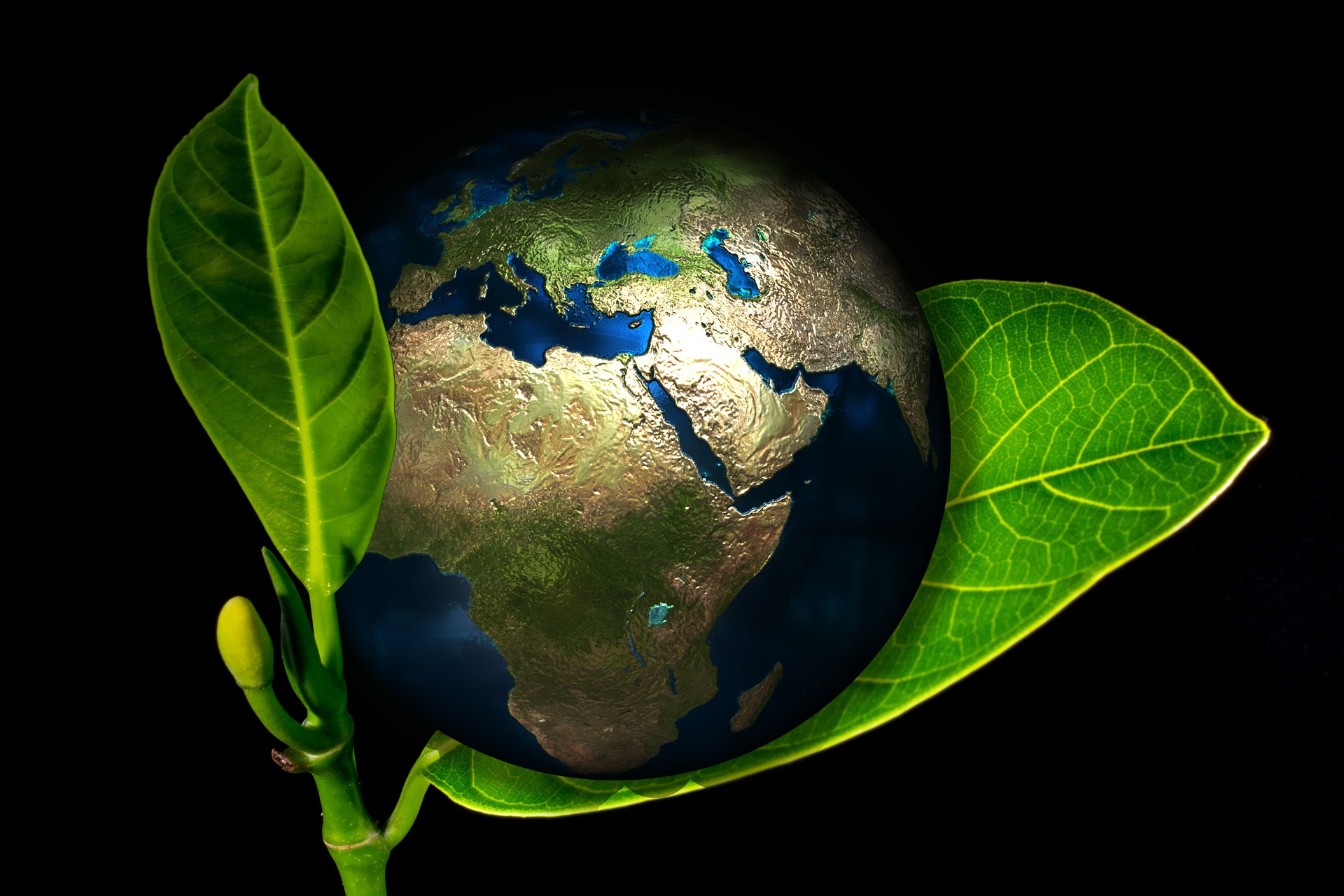
A Global Warming Analogy
I know this is a tough subject for some, but I hope I’ve presented some realistic ideas for ways we can improve our air quality and clean up the planet. When I was explaining how important it is to understand what rapid climate change means for the Earth, I told my daughter the buildup of CO2 in our atmosphere is similar to the buildup of junk on her bedroom floor. She keeps acquiring this junk, and it keeps ending up on her floor. Eventually, she knows I’m going to ask her to clean it up.
She doesn’t like cleaning it up, but she knows she has to do it. When it’s done, she feels much better about the way her room looks (and so do I). Unfortunately, that little bit of effort isn’t enough, because guess what? Yep, she gets more junk. And guess where it ends up? Yep, on her floor. Until she makes a conscious effort to keep the junk from ending up on the floor, it’s going to continue to build and cause her problems (mainly in the form of my nagging).
I know…not the best analogy, but it worked for my kid. Maybe it will work for yours, too!
Can you think of other ways we can make a dent in our carbon footprint? There are many more, I'm sure. Thanks for reading this entire article; I know it was a doozy. I hope it’s provided you with some good references. For more learning opportunities, see my recommendations below.
Related Articles
If you enjoyed this article, you may wish to read these as well!

Tropical Rainforests in Peril
Global climate change is a topic on the minds of many scientists. One of the most vital concepts (and one we’re studying intensely as a possible method for slowing global warming) is carbon sequestration. Tropical rainforests help with that. They serve as very effective carbon sinks, meaning they sequester carbon naturally and with little effort…it’s just part of their life cycle...
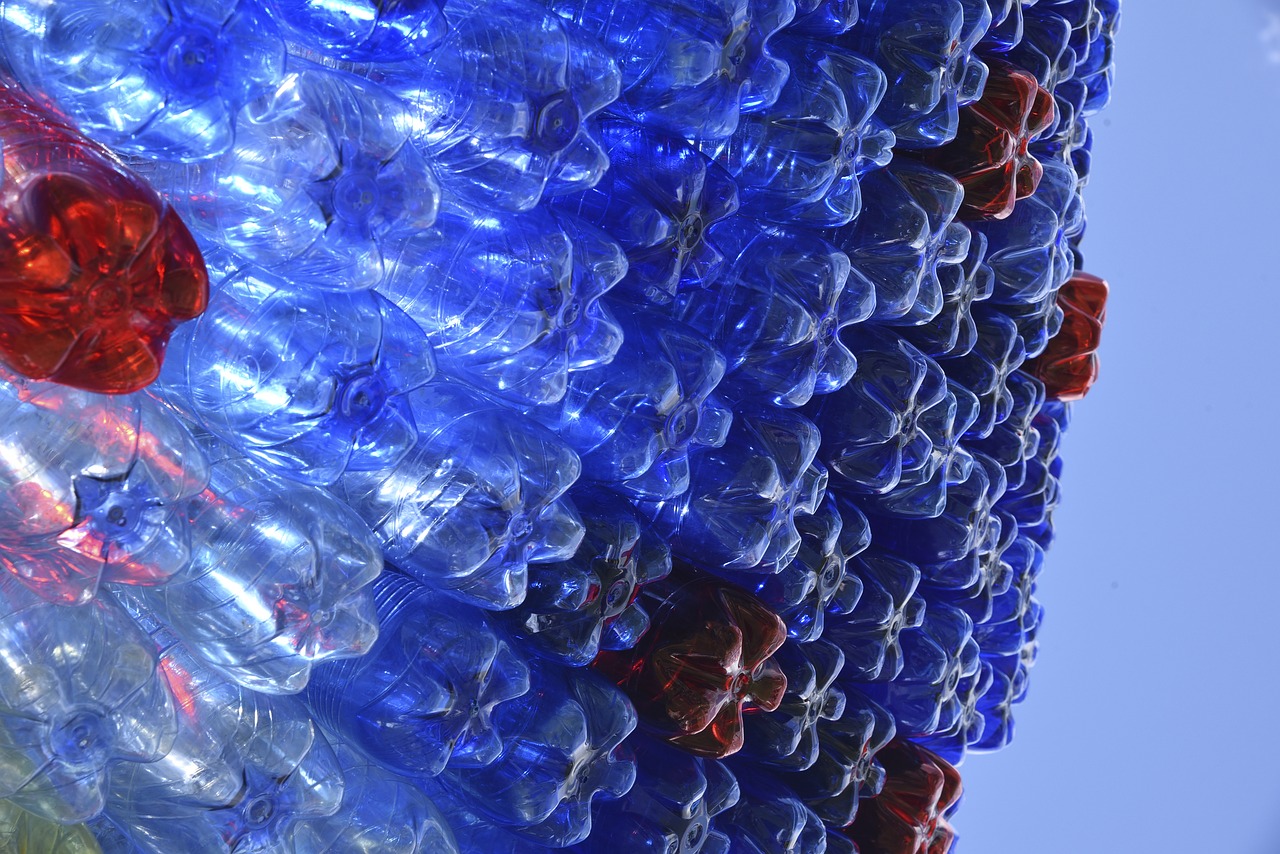
Plastic Recycling in America
When I was a kid, we didn’t recycle anything in our household. Of course, I’m a Gen Xer, so recycling wasn’t the buzz word at that time that it is now. Today, this habit is as commonplace in my home as taking out the trash. Still, there are many people out there that question the true value of recycling, specifically as it relates to plastics. So, what do you think? Do you recycle your plastic?...

Solar Power at Home
The sun is a renewable resource. In fact, it’s one of Earth’s most valued resources, and luckily for us, it won’t be going away anytime soon. Yet, we don’t take full advantage of all it has to offer. We warm and tan ourselves in the sun, and we use the sun’s life-giving rays to grow crops, herbs, and flowers. But we could do so much more...


